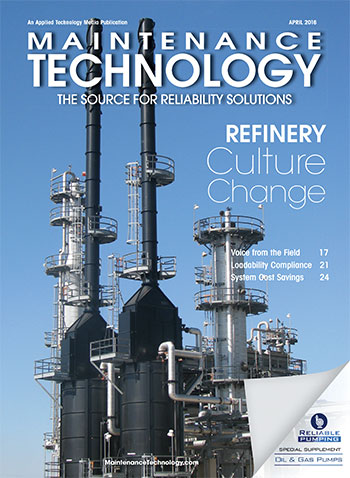
Developing An Effective Lubrication Management Program
Automated Lubrication System Improves Container-Crane Efficiency

Belgium’s Port of Antwerp (“Antwerp”) is Europe’s second largest and the fourth largest in the world. Thousands upon thousands of ocean-going vessels call at this busy facility each year, and containers are a huge (and growing) component of its maritime traffic. As it is around any port, each hour saved in handling freight that moves through this one—even an hour spent maintaining freight-handling equipment—can be important to the bottom lines of the companies doing it. That includes MSC (Mediterranean Shipping Company), one of the biggest players in the container-transport arena. MSC’s terminal operation in Antwerp is the site of a notable lubrication success story.
Anatomy Of A CLS: Oil/Air Mist Systems
Oil mist systems have come a long way since their introduction to the European textile industry over 70 years ago.
Anatomy Of A CLS: Dual Line Systems
First introduced by the Farval Lubrication company, the Dual Line centralized delivery system (also known as a Twin-Line Parallel) was designed to accurately displace and move oil or grease over great distances from a single pumping station to as few as 20 lubrication points and up to many hundreds of points.
Anatomy Of A CLS: Positive Displacement Injector Systems
The Positive Displacement Injector (PDI) lubrication delivery system was developed in 1937 by Lincoln Industrial Corporation (now part of SKF’s portfolio and known simply as “Lincoln Industrial”).


